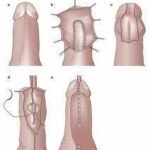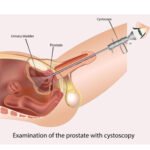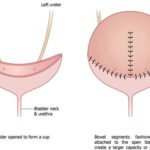Reconstructive Urology Care

Urethroplasty Surgeons

Laser DVIU / OIU

Bladder Augmentation
Most of us take passing urine comfortably for granted. Just imagine if you couldn’t pass urine after going through surgery. It would be horrible, isn’t it? The urge to urinate could drive you crazy, but when you visit the washroom, not a single drop urinated. The inability to urinate could damage your body too. This is where urethroplasty comes to rescue you from excruciating discomfort and possible organ failures.
But what is urethroplasty?
It’s a surgery to repair your urethra after it has gathered scar tissue on its inner linings that cause it to narrow down and restrict the passage of urine.
The surgery is done to reconstruct the urethra by taking tissue from the inner layers of your cheeks and grafting the tissue in the urethra to enable it to grow and take the place of removed scar tissues in the urethra restricted passage of urine the procedure is called Buccal mucosal urethroplasty.
Such surgeries are also performed for conditions like short urethral strictures.
Now let’s investigate what it is.
URETHRAL STRICTURES is a condition that shows up in symptoms below:
- Decreased urine stream.
- Incomplete bladder emptying.
- Spraying of the urine stream.
- The difficulty, straining or pain when urinating.
- Increased urge to urinate or more frequent urination.
- Urinary tract infection.
It’s caused by surgery in organs near the urethra that leave scar tissue in the region.
An endoscope is sometimes used for the treatment of such a condition. The treatment by an endoscope is called direct vision internal urethrotomy (DVIU). It is a minor operation to make an incision in the urethra using an endoscope to remove the scar tissues.
Patients are discharged within 6 hours of operation. However, it has a low success rate and your urologist will decide if it can be performed safely on you.
Sometimes tuberculosis also causes scar tissue in the urethra, causing restricted urination. Such a spread of TB in the urinary tract and genital organs is called Genitourinary tuberculosis (GUTB).
One of the best treatments for urinary stricture resulting from this disorder is laparoscopy for the small bladder. Laparoscopy is a type of surgical procedure to access the abdomen and the pelvis without making large inception of the skin. The instrument used in this surgery is called a laparoscope.
Using a laparoscopy that travels to your bladder is used to treat GUTB.
